Showing 193–204 of 250 results

The 54 Sanskrit slokas (with Roman transcription and translation in Hindi, English) make obeisance to gods and goddesses, the guru and the Highest Reality (Brahman). Included is a tape-recorded version of the slokas, a rendering by experts in sloka-recitation.
Stuti-Manjari is a collection of some famous Sanskrit shlokas that form an intrinsic part of the daily worship and prayer of the Hindus. The fifty-four shlokas compiled make obeisance to Shiva, Vishnu and his avataras (incarnations), the Sun God, the Earth Goddess, Mahalakshmi (Goddess of wealth), Sarasvati (Goddess of wisdom) and Hanuman among other gods and goddesses as well as the guru (preceptor) and the Highest Reality the Indivisible Brahman. The shlokas praising the physical attributes of the deities and gloryfying their powers are girven in the original Sanskrit verse form followed by their transcription in Roman script and a translation of their meanings in the both Hindi and English. Accompanying this breviary is a tape-recorded version of the shlokas rendered by experts well -versed in the technical aspects involved in shlokas-recitation. The sholkas thus recited to a melodious tune not only acquaint the listener with the correct pronunciation of the words but also have the great effect of refreshing the mind when listened to in the free-flowing diction add richness to the piety evoked by the shlokas and the lofty thoughts contained in them. The shlokas are an offering of the Janana-Pravaha Centre for Cultural Studies in Varanasi which aims at promoting the meanings and message of diverse aspects of Indian culture such as, the varied art forms and classic masterpieces of literature.
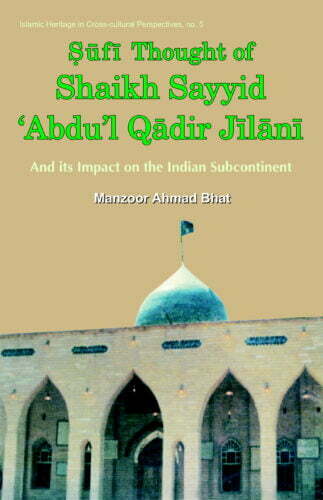
The book deals with the subject of Sufism with special reference to the Sufi thought of Shaikh ‘Abdu’l Qadir Jilani, and discusses the impact of his teachings in terms of the emergence of various Qadiriyya centres in the Indian subcontinent.
The volume mainly deals with the Sufi thought of one of the most revered and influential Sufis, Shaikh Abdul Qadir Jilani (eleventh-twelfth century), particularly its impact on the culture and tradition of the Indian subcontinent. It presents a historical perspective on the religious-political theorists of the time and pattern of administration then. In an interesting study, it deals with the life and works of the saint and emergence of Sufi thought and organization of Sufi silsilas. The focus is on the original utterances, sermons and discourses of the scholar-preacher and interpretation of the most recurring themes in Jilanis vocabulary in a simple manner. The themes relate to unity of the Divine Being, enforcement of the lawful, love of humanity, polytheism, the spiritual struggle in man and different ahwal (states) and maqamat (stations) of the Sufi thought. It observes that Jilani has not deviated from the fundamental teachings of the Quran and the Sunnah. It discusses the impact of his teachings in terms of the emergence of various Qadiriyya centres in the subcontinent and flourishing of his thought after his time.
The volume will be useful to scholars of Islamic studies and general readers interested in understanding the evolution of Islamic thought in the Indian subcontinent.
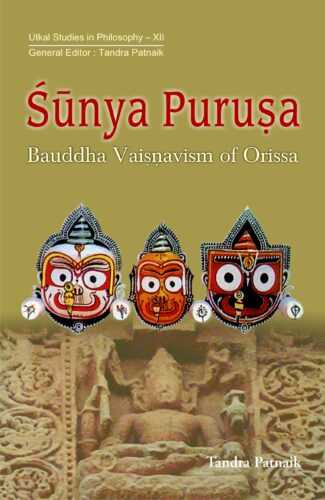
The book makes a fascinating study of the unique philosophical tradition revolving around the concept of the Sunya Purusa the ineffable, indescribable and non-dual Reality that originated in medieval Orissa. Examining a range of philosophies, it throws light on the theories of this rare school of Vaisnavism that was Vaisnavite in form but Buddhistic in essence.
This pioneering study of the indigenous philosophical tradition of Orissa which evolved between the 15th 16th century ce brings into limelight the wonderful syncretism of Buddhism and Vaishnavism, traditions that are generally considered philosophically antithetical. A deep metaphysical quest underlies the enquiries and analyses of this assimilative tradition and is epitomized in the works of the philosopher-poets of Orissa in the concept of the Shunya Purusha the ineffable, indescribable and non-dual reality. This is a unique concept that encompasses within its fold the idea of Jagannatha (the Vaishnavite deity of Puri) as Shunya. The author explores the whole range of Indian philosophical heritage including Vaishnavism, Buddhism, Advaita Vedanta, Yoga, and Natha tradition to bring out the highpoints of this rare philosophical tradition. She, very competently, throws light on the philosophical theories/concepts of Bauddha Vaishnavism Vaishnavic in form but Buddhist in spirit. The book is a valuable guide on this distinctive Orissan Vaishnava tradition to all students and scholars of Indian religion and philosophy.

This biography is a vivid account of Syed Abdul Hasan Ali Nadwis (1913-99) multifaceted personality and his influence among Muslims across the globe. It thus portraits his vision, mission, organizational ability, determination to face challenges, devotion in introducing the essence of Islam to the new generation Muslims.
Syed Abdul Hasan Ali Nadwi (1913-99), an eminent Islamic scholar, thinker, educationist, and reformer of the twentieth century, stood tall across the entire Islamic and Arab world with his sheer faith in Islam, works, reforms, courage, and love for mankind. A gifted speaker and a prolific writer, he wrote more than 50 books and hundreds of papers on history, literature, and theology in both Arabic and Urdu. Syed Nadwi’s literary efficiency was par excellence, having envious profundity in Arabic and Urdu. His Ma Dha Khasarul ‘Alam ba Inhetatul Muslimeen is considered as one of the best books of the twentieth-century Arabic literature.
This biography by his close associate and nephew is a vivid account of Syed Nadwi’s multifaceted personality and his influence among Muslims across the globe, Arab and non-Arabs alike. He was well known for his wisdom, intelligence, foresight, and rapport with numerous intellectuals, religious and political heads in the Muslim world and elsewhere. As an exemplary personalty, he stood firm against the 1975-76 birth-control policy of the Indian government and played a pivotal role in getting the Muslim Personal Law passed in 1985.
This volume portraits Syed Nadwis vision, mission, organizational ability, determination to face challenges, devotion in introducing the essence of Islam to the new generation Muslims. It should entice all new generation students of Islamic history and literature across nations to reform themselves and be a catalyst in Islamic ethics, manners, and vision of a modern Islamic world.
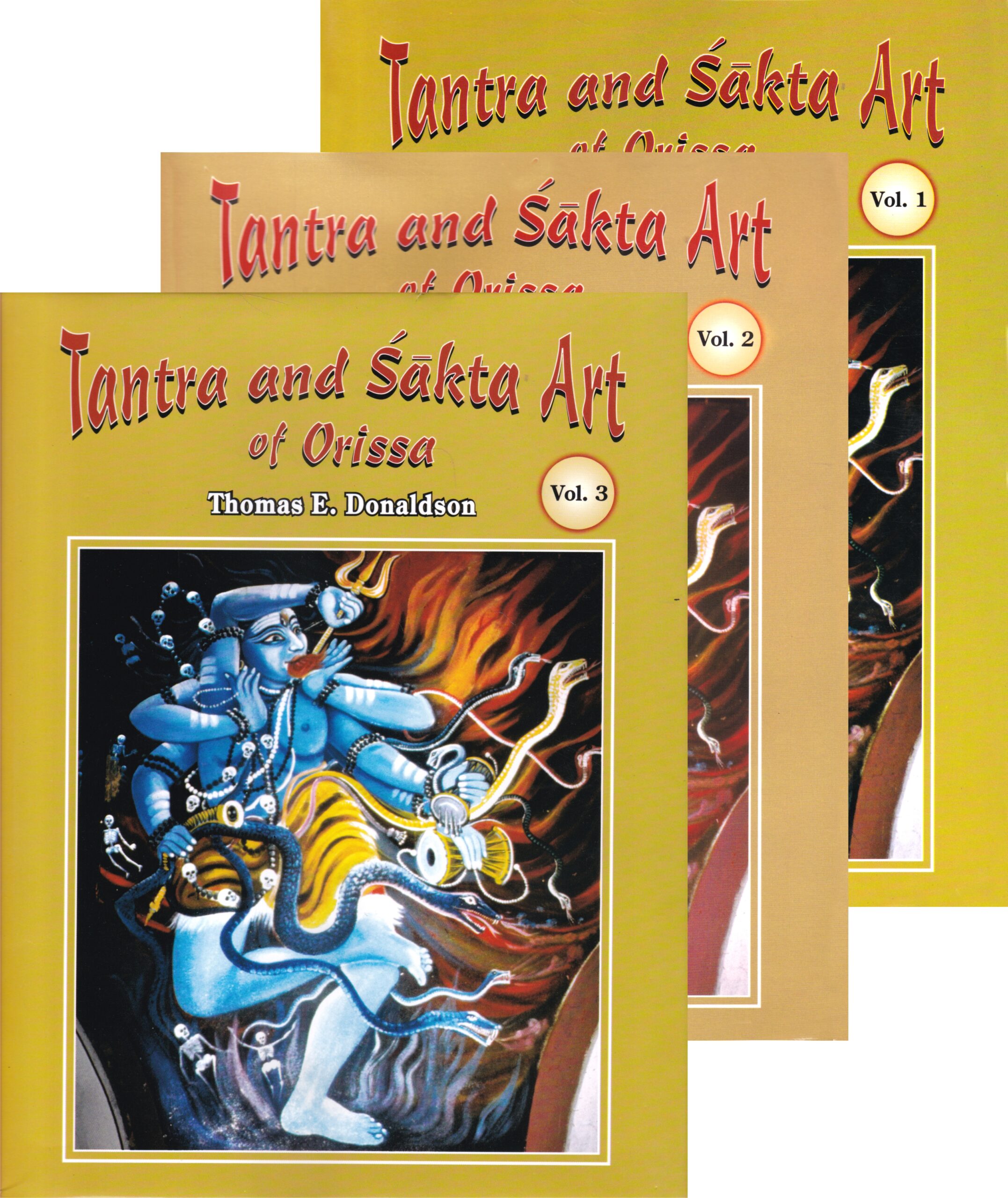
Here Prof. Donaldson presents a rich and variegated picture of the sakta/tantra art of Orissa, highlighting the evolving iconography of individual images. He focuses on different forms and depictions of the Goddess as Sakti, painstakingly analysing the architecture of a number of temples and their images.
The emergence of Tantrism and Shaktism in the sixth-seventh centuries in ancient India symbolised a belief in fertility worship, worship of the female principle with the Devi/Goddess supreme as the Energy/Power the substance of everything, pervading everything. In Orissa in particular, the shakta/tantra cults played a major role in the religion and culture of the region and this is testified by its many temples and sculptural wonders therein. In this work, Prof. Donaldson presents a rich and variegated picture of the shakta/tantra art of Orissa, highlighting the evolving iconography of individual images. Based on largely first-hand study of the temples and their iconography and also referring to various textual sources, he deals with, in detail, the shakta mythology of the region along with its depiction in iconography. He focuses on different forms and depictions of the Goddess the Matrikas, Camunda, Naga/Nagi, Manasha/Jaratkuriu, Tara, the Mahavidyas, the Yoginis and Dakinis and images of Purusha/Prakriti, Agni/Soma and Linga/Yoni, Painstakingly analysing the architecture of a number of temples and their images. The work abounds in photographs (more than seven hundred) revealing the variety of forms of the Goddess and their widespread distribution and provides many maps, diagrams and iconographical charts as well. A thorough research giving attention to minute details even while studying a wide range of iconographical traditions and forms, this work will prove an indispensable source book for young as well as established scholars.
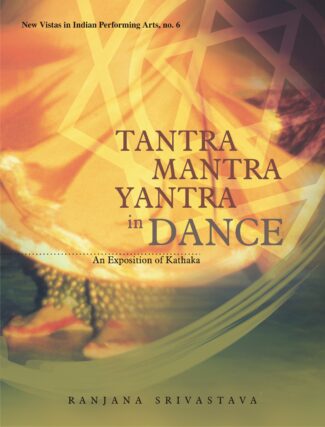
This book explores the roots of kathaka dance forms to reveal its sublime and divine dimension. It discusses the concept of Tantra and Sound and their manifestation in kathaka. It also analyses the distinct yantra formations both in the dance as well as the dance floor.
The Indian perspective has always been holistic and all-inclusive: thought and activity in different fields, at different levels, have been interlinked to produce what has been timeless. Indian arts is a classic example of such amalgamation: it interlinks aspects of art, philosophy, mythology, religion, and mysticism. This book is an attempt to unravel such links with specific reference to the Kathaka dance form. Dr. Ranjana Srivastava explores the roots of Kathaka dance form to reveal its sublime, philosophic, esoteric and divine dimensions. Focussing on inter-relationships, she unfolds how dance embraces other disciplines of Yoga Tantra, Mantra and Yantra. She discusses the concept of Tantra and its approximation and application to the dance form the way Kathaka absorbed the sacred knowledge within its form. She deals with the importance and aspects of sound in the Hindu religious scheme and its manifestation in Kathaka. Explaining the significance of the yantra as a diagrammatic/geometric representation and the way it functions, she analyses the techniques of Kathaka which create distinct yantra formations both in the physical movements of the dancer in the surrounding space as well as on the dancing floor. The study abounds in extensive notes to explain numerous terms and concepts and has references to noted works and authors on the subject. The book will be useful to experts and students of Indian art and, in particular, dance and will interest general people keen to know more about Indias art traditions.
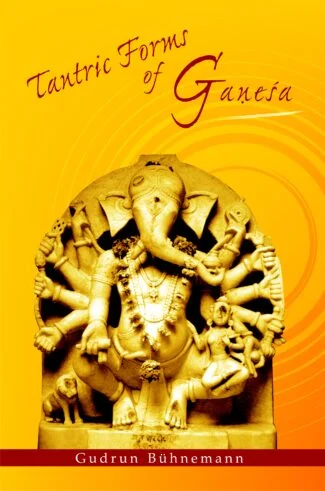
There may be many publications dealing with Ganesa, but only a few take original Sanskrit texts into consideration. Since the Tantric aspects of the deity have been studied too little, this book details fourteen forms of Ganesa as described in the Vidyarnavatantra.
Although the number of publications dealing with Ganesha is not insignificant, few take original Sanskrit texts into consideration. The Tantric aspects of the deity have certainly been studied too little. This book contributes to our knowledge of this less familiar side of Ganesha. It describes his forms according to the Vidyarnavatantra, a large compilation on mantrashastra attributed to Vidyaranya Yati and compiled around the seventeenth century. This text gives the iconographic peculiarities, mantras, and yantras of fourteen forms of Ganesha as well as instructions for the ritual application of the mantras.
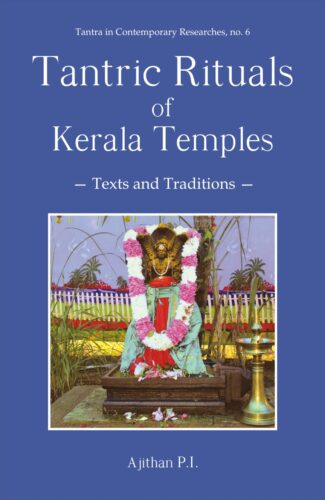
This volume presents an in-depth study of a distinct temple ritual cult of Kerala, a tradition deeply rooted within the Vedic ritualistic fold and characterized by Smarta-Pauranika beliefs and customs, which still remains to be a less explored subject, and its present institutionalized structure.
Kerala Tantra is a regional phenomenon, which is an offshoot or synthesis of Saiddhantika and Pancaratra tantric ritual rites. It is a tradition deeply rooted within the Vedic ritualistic fold and characterized by Smarta-Pauranika beliefs and customs.
This volume is a general, but a serious and in-depth study of distinct temple ritual cult of Kerala. Kerala Tantra still remains to be a less explored subject. There is no exclusive study on the ritual peculiarities of Kerala Tantra. This book focuses on filling that gap covering extensively the prominent characteristics of the unique ritual cult of Kerala.
The data presented in the book are based on many unpublished and less-known, but authentic manuscripts of late medieval period, and interviews with previous and current generations of tantrins and their testimonies. It covers the great traditions of Tantra, Kerala Tantra, and transmission of tantric knowledge through formal and informal methods. It also talks about the institutionalization of Tantric education, taking a cue from the context of Vedic and Sanskrit education of Kerala.
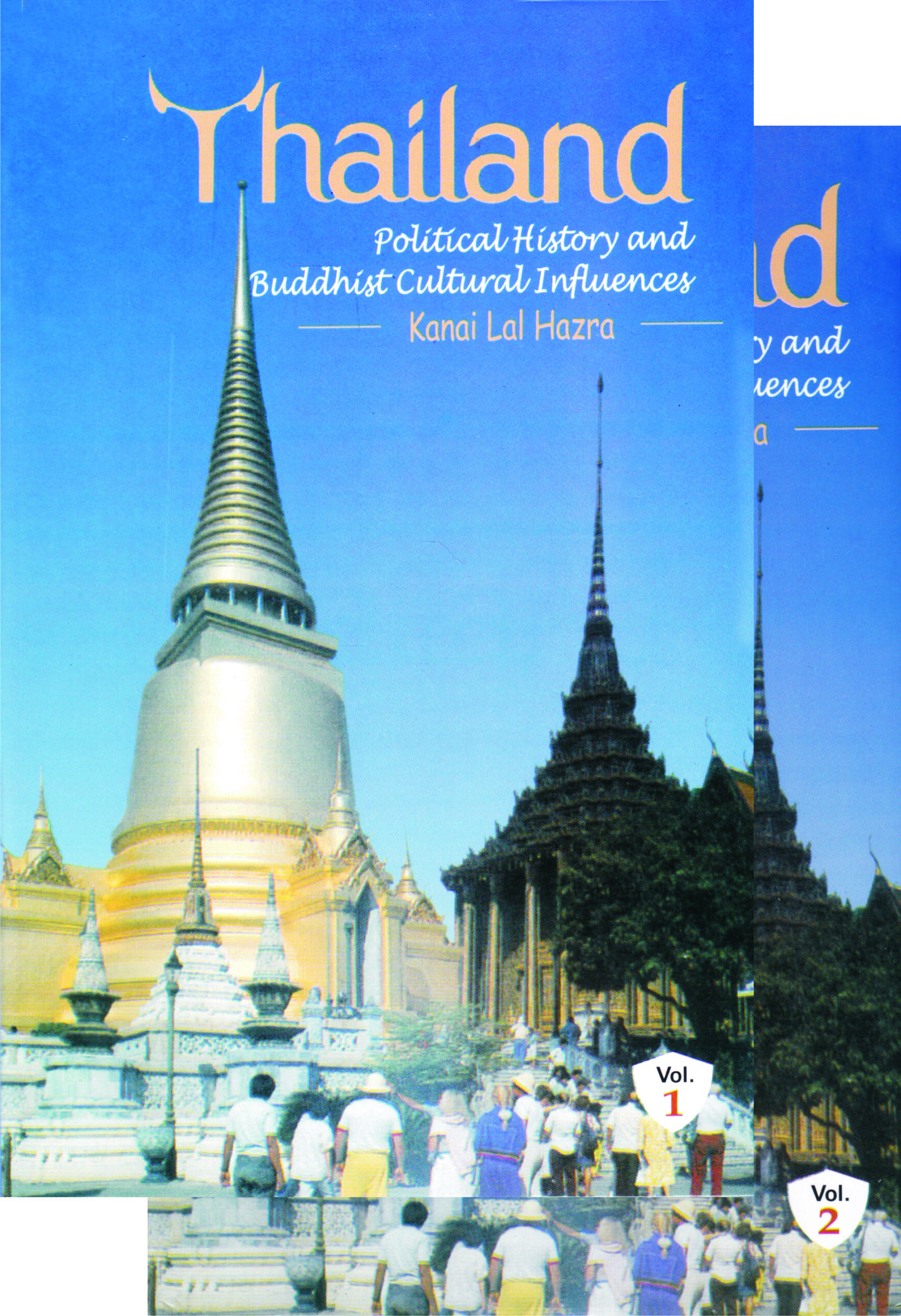
The book comprehensively studies aspects of Thai political life, religion, art and literature emphasising the role of Buddhism in influencing the Thai culture. It analyses Buddhist art styles pertaining to sculpture, stucco decoration and paintings in different periods of history and surveys schools of art and stupa-building.
The book is a comprehensive study of different aspects of Thai political life, religion, art and literature with the emphasis on the role of Buddhism in influencing the Thai culture and way of life. Showing how Thailand has a unique blend of a glorious past traceable to very early times and remarkable modernisation attempts, it traces, under political history, the earliest dynasties of kings and their battles and wars to found empires and cities down to more recent political developments in particular, its loss of territories to the British and the French in the nineteenth-twentieth centuries, its relation with other nations and its economic scenario. Reflecting deep scholarship and quoting extensively from ancient and modern scholarly works it looks into the rise and development of Buddhism referring constantly to inscriptional evidences and archaeological studies. Focussing on a detailed analysis of the growth of Buddhist art styles pertaining to sculpture, stucco decoration and paintings in different periods of history, it takes up a survey of the schools of art and stupa-building while revealing how the Thai art form is based on ideas borrowed from India, Sri Lanka and Cambodia. In an interesting attempt, the author undertakes a discussion of the Thai tamnan (stories/legends) of the distant past: historical works by Buddhist monks and accounts relating to Buddhist images, relics and institutions.
Indisputably one of the world’s best-known books, the Bhagavadgita embodies the quint-essence of classical Upanisadic philosophy, presented in the form of a dialogue between Krsna, the archetypal teacher, and Arjuna, the archetypal human being caught in the grip of a monumental crisis. For anyone like Arjuna who has ever paused to ponder the meaning of life, the work is as relevant today as it was when it was written.
By stripping away the manifold biases — both subtle and obvious — that have colored other commentaries, Guru Nitya has uncovered the perennial philosophy at the heart of this great classic. In an original, easy to understand format, his commentary divides each of the Gita’s eighteen chapters into three sections: the first elucidating the basic concepts involved; the second including Sanskrit text in Roman script along with the English meaning of each word or phrase and Nataraja Guru’s lucid and revolutionary English translation; and the third carrying explanatory notes and comments in the form of a dialogue between a teacher and student.
The breakthrough of this interpretation of the Gita is in its transcendence of sectarian dogma to reveal the work as a fully developed scientific psychology, whose keen insights and vivid reasoning can be readily appreciated by the twenty-first-century mind.
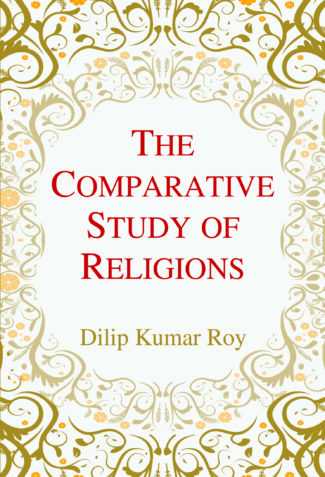
The book discusses the fundamental aspects of the comparative study of religions such as its origin and development, its nature, conditions and problems and also its method. The modern trend points to an interreligious dialogue or encounter in the sense of mutual understanding of religions as “human involvements”.
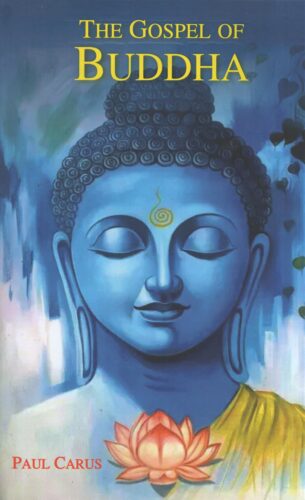
The Gospel of Buddha sketches the picture of a religious leader of the remote past with a view of make it bear upon the living present and become a factor in the formation of the future. It essentially talks about all major developments in the life of the Buddha and helps all true Buddhists understand the real tenets of Buddhism to stand firm on ground.
The Gospel of Buddha characterizes the spirit of Buddhism correctly and concisely. It draws parallelisms in Western thoughts, especially those which reflect in the Christian Gospels. Buddhism like Christianity has a number of sects and this book, however, does not side with any sectarian tenets, but takes an ideal position upon which all true Buddhists may stand up as on firm ground. It helps people to comprehend Buddhism better in an easy way and it sets the reader thinking on the problems and challenges of religions today.
It sketches the picture of a religious leader of the remote past with a view of make it bear upon the living present and become a factor in the formation of the future. It essentially talks about all major developments in the life of the Buddha – his transformation from Prince SiddhÀrtha to the Buddha, to his founding of the Kingdom of Righteousness, to the consolidation of his religion, to his teachings, and to the parables and stories that he used, to his last days.
This book is expected to serve both the Buddhists and Christians to penetrate deep into the spirit of their faith so as to see its full length, breadth and length.
| There are no products |